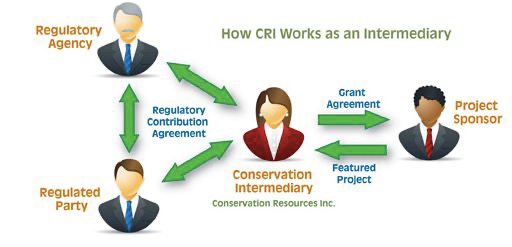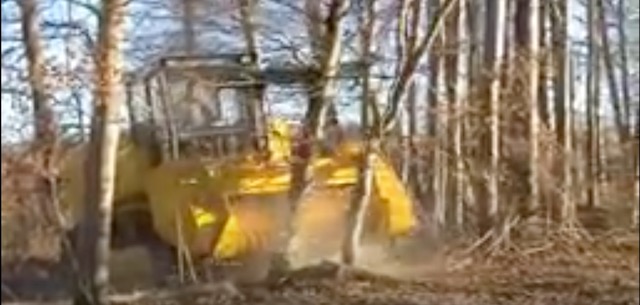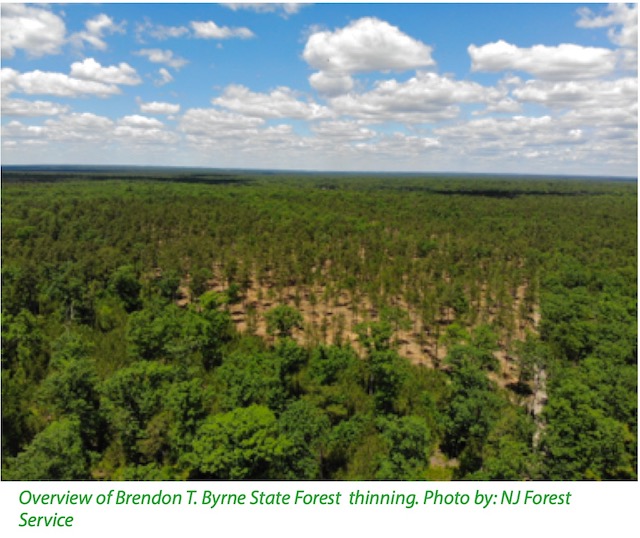Legislative Forestry Task Force Issues “Framework Recommendations” (Part One)
After 9 Months Of Deliberation, Public Given Just 4 Days Over The Weekend Before Christmas To Review And Comment
16 Recommendations Are Vague, Equivocal, And A Formula For the DEP Status Quo
Climate And Proforestation Reform Policies Are Buried
Almost a year since it was established in February, Senator Smith’s Forestry Task Force issued their “Framework Recommendations” document today.
The public was given just 4 days, counting the weekend before Christmas, to review and comment on the document (by December 20). Comments must be submitted as either “support” or “dissent” from the document as a whole.
Take it or leave it. This is high school bullshit.
Like George Bush said: you’re either with us or against us!
If you were expecting a bold document that set out a detailed set of recommendations to establish an over-riding priority on climate policies that preserve what’s left of NJ’s forest and dramatically change DEP’s current pro-logging and hunting forestry policies, you will be sorely disappointed.
Before I describe the document, in Part One, let me first set the context of forestry management, which can be gleaned by an overview and reading a few revealing excerpts of DEP’s Forest Action Plan.
Let’s start with this, which makes it very clear that DEP is not your friend. DEP foresters make it very clear how they and the DEP forestry program view “environmentalists”:
Disturbances associated with harvesting practices also decreased somewhat with the demise of the wood fueled industries of the Pinelands and rapidly declined with the rise of the environmental movement. …
Did you get that? Did you penetrate the euphemism? “Disturbances” are clearcuts. “Harvesting practices” are logging. Note that DEP blames the “rapid decline” explicitly on the “rise of the environmental movement”.
Those quotes tells you all you really need to know about the NJ DEP forest management program.
And this is the stuff they feel safe in putting in writing in a public document – can you imagine what they say in private over a beer?
They have an overt hostility towards “the environmental movement” and perceive environmentalists as obstructionists and the cause of the decline of logging and the timber industry (“harvesting practices”), as well as the cause of what they view as the problem of “unhealthy” forests due to excessive density (yes, too many trees!).
Now lets look at how DEP views forests as “wood products” and seeks to retain and expand commercial logging and the wood products industry:
One of the most important considerations for the future of the primary wood-products industry in New Jersey is the ability to retain industrial roundwood processing facilities. The number of wood-processing mills has steadily been declining, making it harder for landowners to find markets for the timber harvested from sustainable management activities (Crocker et al., 2017). In New Jersey, there are only 20 active sawmills located throughout the state….
Several factors have led to negative impacts on the regional forest products industry from global economics, to changing cultural values and changing forest management policies and priorities. It is essential to convey the importance that forest resources have in the supplying of raw materials for the utilization and consumption of an ever-demanding population. ~~~~ NJ DEP Forest Action Plan
So, it is not surprising that DEP creates multiple pretexts to justify logging.
I would think many people would be troubled by logging NJ forests for exports. DEP promotes that:
Consequentially, wood processing and the economy it creates is not limited by state boundaries. In fact, New Jersey hardwood logs provided through forest management activities commonly find their way to overseas markets to serve as veneer logs to European, Asian or Mediterranean markets.
I would also think that people would be disturbed by the fact that forestry is exempt from NJ State wetlands laws, which I’ve been writing about for years, but DEP now admits:
Specific forestry activities have been granted a conditional exemption from these requirements to obtain a wetlands permit.
I assume people would be troubled by the fact that the US military causes about one wildfire every week, and that DEP logs forests to enhance the military’s objectives, not forest health or the climate emergency:
In addition to the strategies outlined by the NJ Forest Service, the NJ Forest Fire Service has assisted with treatments for military installations across the state. These treatments have included initiating a mechanical hazard mitigation plan focusing on installation boundaries that have the greatest threat of wildfires leaving or coming onto the military installation.
As I recently wrote, in addition to promoting commercial logging and the wood products industry, DEP also seeks to monetize forest resources – but they curiously omit NJ’s greenhouse gas regulatory process known as RGGI, RGGI revenues and DEP’s development of a carbon credit trading program:
In more recent times, carbon stored in forests has become a commodity, taking on a monetary value through the California greenhouse gas regulatory process. This, along with carbon storage increases in the aboveground portion of live trees one inch in DBH or larger for New Jersey from 2007 to 2015 (FIA, 2015), illustrated in Figure 75, indicates new opportunities for other economic contributions of forests. However, prices per ton of carbon sequestered in this new market can fluctuate widely, from that in California to worldwide (Kossoy et al., 2015; The Climate Group, 2013).
DEP promotes “thinning” (logging) as the solution to all problems, including – believe it or not – increasing carbon storage and sequestration:
Diversity and density management are critical in maintaining carbon pools as well as healthy forests. (Page 145)
DEP claims that NJ’s forests lack age class diversity (solution: thinning to create “young forests”); that forests are unhealthy due to excessive tree density (solution: reduce density via “thinning”); that forests are disease prone (solution: thinning to increase forest health); forests are wildfire hazards (solution: thinning to reduce fuel load and “ladder fuels); forests are vulnerable to drought and climate change (solution: thinning to reduce tree competition for water and consumption of water via evapotranspiration).
Thinning can not only reduce tree mortality from drought but may also reduce the chances or severity of drought. Forests of higher densities consume more water through transpiration. Therefore, it is also a strategy of the NJ Forest Service to lower forest densities where appropriate, to alleviate drought stress.
Cutting tress is the WORST possible strategy in light of climate change, wildfire, and drought.
Cutting tress DRIES OUT THE FOREST, INCREASES SUNLIGHT AND WIND PENETRATION, AND INCREASES TEMPERATURES, thereby exacerbating the conditions worsened by climate change!
DEP even recognizes this, yet still promotes logging!:
Wildfire and Climate Change
New Jersey is at the highest risk from wildfires in spring (March through May) when vegetation is at its driest but can also experience fires in the summer and fall or in any month of the year. How climate change will impact wildfires in New Jersey forests is uncertain based on existing literature and models, which there are few that focus on New Jersey specific conditions. Climate change is expected to cause increased temperatures and changes in extreme precipitation events and drought that make it uncertain when a drought, or drought-like conditions may occur. Wildfire seasons could be lengthened, and the frequency of large fires increased from the warmer springs and longer summer dry periods that are expected with climate change due to these conditions causing drier soils and vegetation (Nolte et al. 2018).
So the above excerpts ought to provide a little insight into how broken the current DEP forestry program is.
In the next post, Part Two, we will summarize the Forestry Task Force recommendation.




